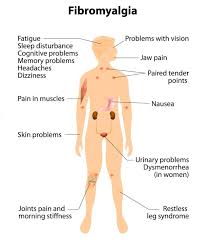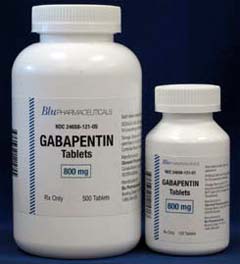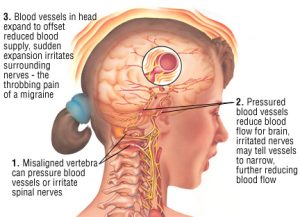Gabapentin is used with other medications to prevent and control seizures. It is also used to relieve nerve pain following shingles (a painful rash due to herpes zoster infection) in adults. Gabapentin is known as an anticonvulsant or antiepileptic drug.
OTHER USES: This section contains uses of this drug that are not listed in the approved professional labeling for the drug but that may be prescribed by yourhealth care professional. Use this drug for a condition that is listed in this section only if it has been so prescribed by your health care professional.
Gabapentin may also be used to treat other nerve pain conditions (such as diabetic neuropathy, peripheral neuropathy, trigeminal neuralgia) and restless legs syndrome.
Gabapentin can also be used to treat following health conditions:
- Alcohol Withdrawal
- Anxiety
- Benign Essential Tremor
- Bipolar Disorder
- Burning Mouth Syndrome
- Cluster-Tic Syndrome
- Cough
- Diabetic Peripheral Neuropathy
- Epilepsy
- Erythromelalgia
- Fibromyalgia
- Hiccups
- Hot Flashes
- Hyperhidrosis
- Insomnia
- Lhermitte’s Sign
- Migraine
- Nausea/Vomiting, Chemotherapy Induced
- Neuropathic Pain
- Occipital Neuralgia
- Pain
- Periodic Limb Movement Disorder
- Peripheral Neuropathy
- Postherpetic Neuralgia
- Postmenopausal Symptoms
- Pruritus
- Pudendal Neuralgia
- Reflex Sympathetic Dystrophy Syndrome
- Restless Legs Syndrome
- Small Fiber Neuropathy
- Spondylolisthesis
- Syringomyelia
- Transverse Myelitis
- Trigeminal Neuralgia
- Vulvodynia



 Some people with migraine have very frequent headaches, sometimes every day. This form of migraine, called chronic migraine, is difficult to treat. The newest treatment is Botox (onabotulinumtoxinA). The doctor gives multiple injections around the head and neck once every 12 weeks. It is approved for people that experience migraine headaches more than 14 days per month.
Some people with migraine have very frequent headaches, sometimes every day. This form of migraine, called chronic migraine, is difficult to treat. The newest treatment is Botox (onabotulinumtoxinA). The doctor gives multiple injections around the head and neck once every 12 weeks. It is approved for people that experience migraine headaches more than 14 days per month.